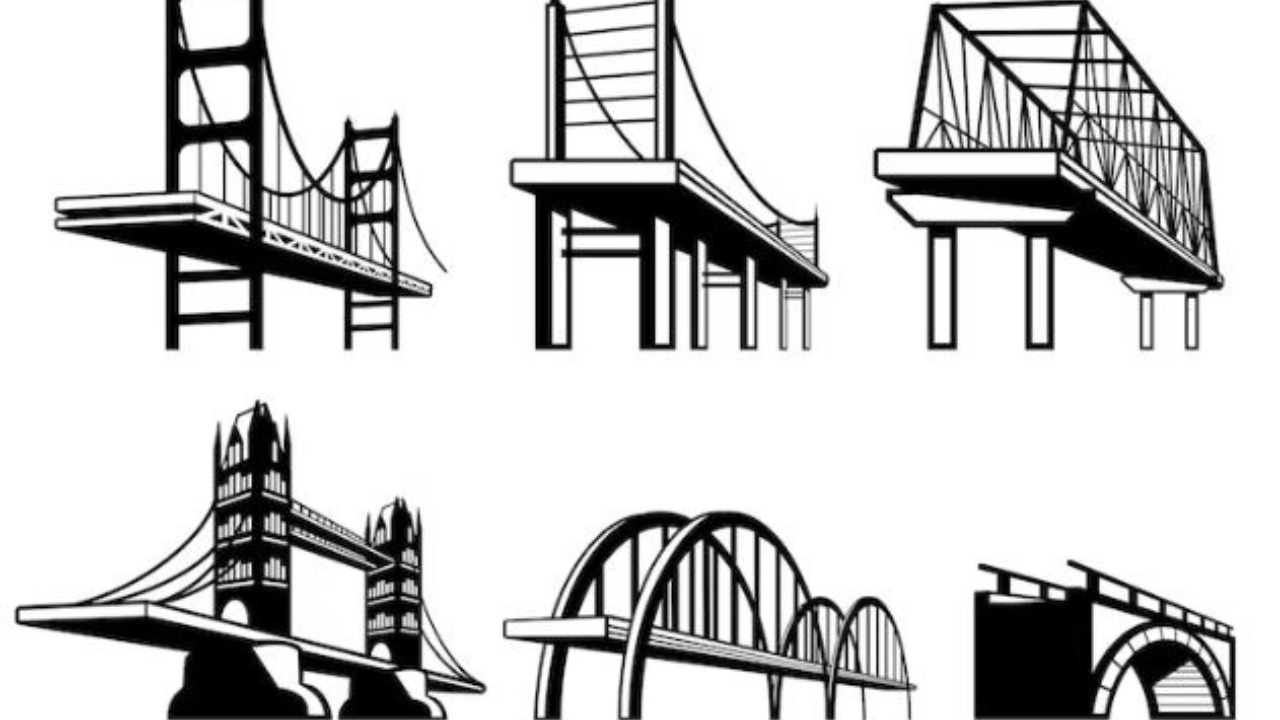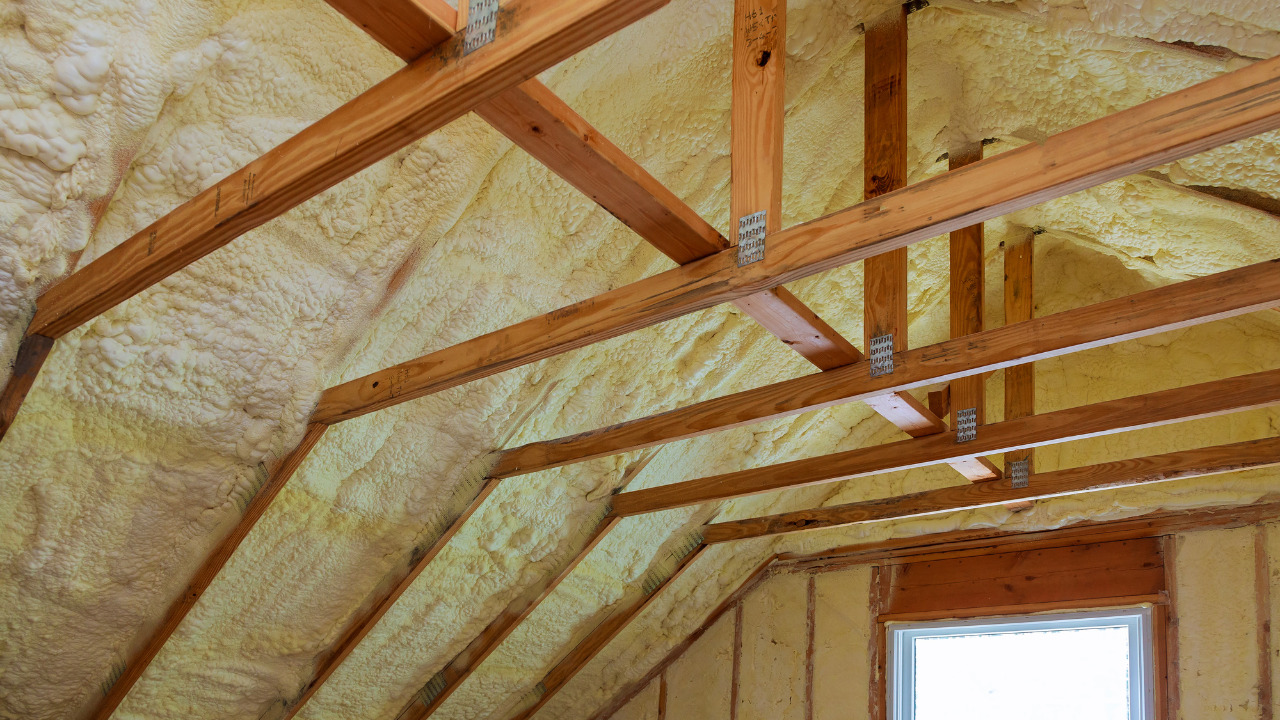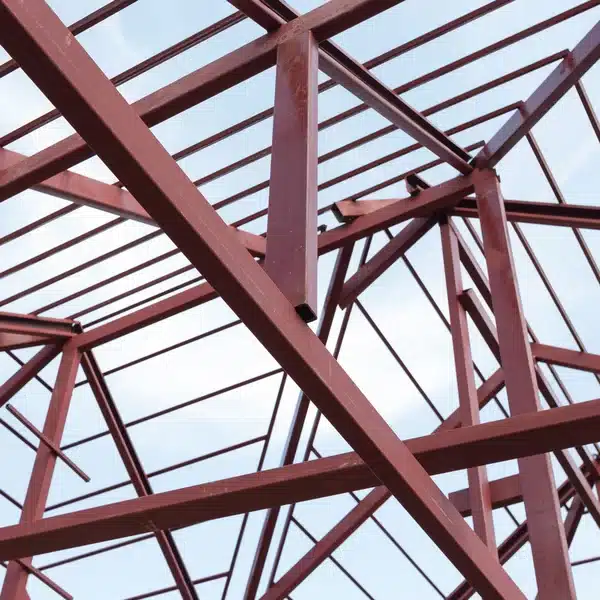Humans have been involved in the bridge pier construction for approximately 4,000 years. Perhaps the oldest bridge still in use today is the Zhaozhou Bridge in China’s Hebei Province. It was first built somewhere around the year 600 A.D.
By today’s standards, however, bridge design and construction might not qualify as bridge engineering practice back then. As an alternative to the current practice of quantitative planning, work was completed more based on experience.
Today’s bridge engineers employ meticulous planning and analysis based on calculus. In this article, we will talk about the types of bridge pier that are used in construction.
Table of Contents
What is a Bridge Pier?
A bridge pier is a structure that extends below the ground or into the water. It transfers the weights to the foundation and supports the superstructure of the bridge.
It is possible to build bridge piers that are both aesthetically pleasing and robust enough to support loads in both the vertical and horizontal directions. If the bridge crosses the water, it also does not impede tide or water flow.
Bridge piers can be constructed out of metal, stone, or concrete. Since metal rusts easily in water, concrete is frequently specified as the building material for piers that are submerged in water.
It is built in various places, such as alongside waterways and arid areas where overpasses for highway systems are constructed. Its size and shape can vary based on architectural design, location, size, and financial limitations, such as beam and V forms.
The right pier shape needs to be specified by the designer for a given application. Bridge piers can be built in a way that prevents improper river water flow in certain situations, or they can be designed to ensure proper load-bearing roadways.
Furthermore, the bridge pier’s design may be altered in response to external factors that influence the structure, such as strong winds that could favor one design over another. We will discuss types of bridge piers based on these factors:
- Structure of Piers
- Construction Material
- Load Transfer Mechanism
2 Types of Bridge Piers Based on the Structure of Piers
There are different types of bridge foundations. Based on their structural makeup, piers can be divided into two main categories: solid piers and open piers. These kinds are divided into additional categories as follows:
Solid Piers
Solid piers are often made of bricks, stonemasonry, mass concrete, or reinforced concrete and have solid, impermeable structures.
Solid reinforced concrete piers and solid masonry piers are the two types of solid piers.
Solid Masonry Piers
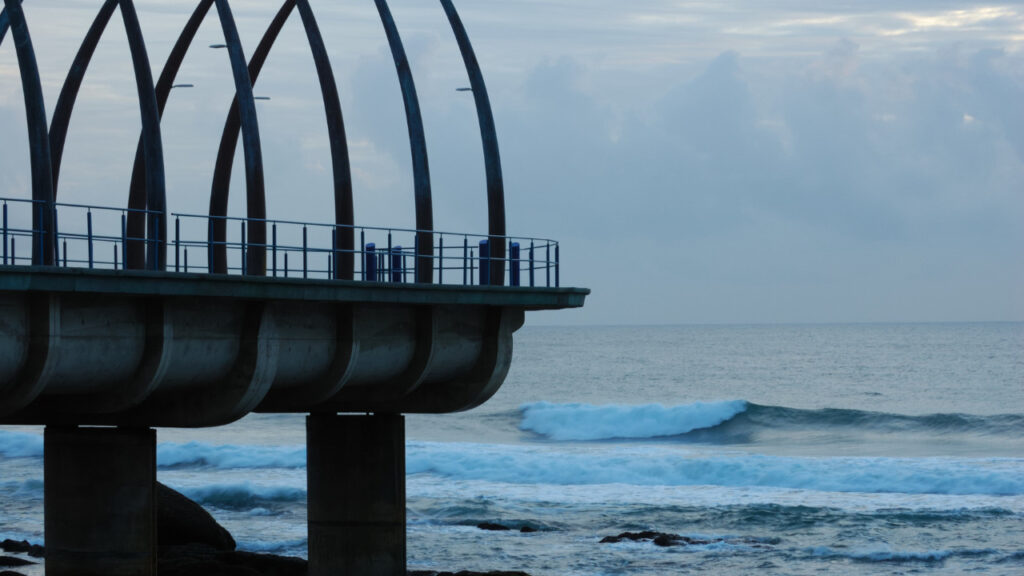
Concrete, stonemasonry, and brick masonry are used in this construction. For financial reasons, mass concrete is used to fill the interior of a solid masonry pier, while stone masonry is used to construct the exterior.
Solid Reinforced Concrete Piers

The majority of solid reinforced concrete piers are made of reinforced concrete and typically have a rectangular cross-section.
It is employed when pier heights are greater than those of solid masonry piers, which may not be cost-effective or strong enough to support the weight.
Open Piers
Open piers are categorized into the following types and allow water to pass through the structure:
Cylindrical Piers

Concrete-filled cylinders made of mild steel or cast iron are used to build cylindrical piers. Bridges with a moderate height are appropriate for this kind of pier.
Steel bracing, both horizontal and diagonal, may be utilized in some circumstances to increase stability.
Column Piers or Column Bent
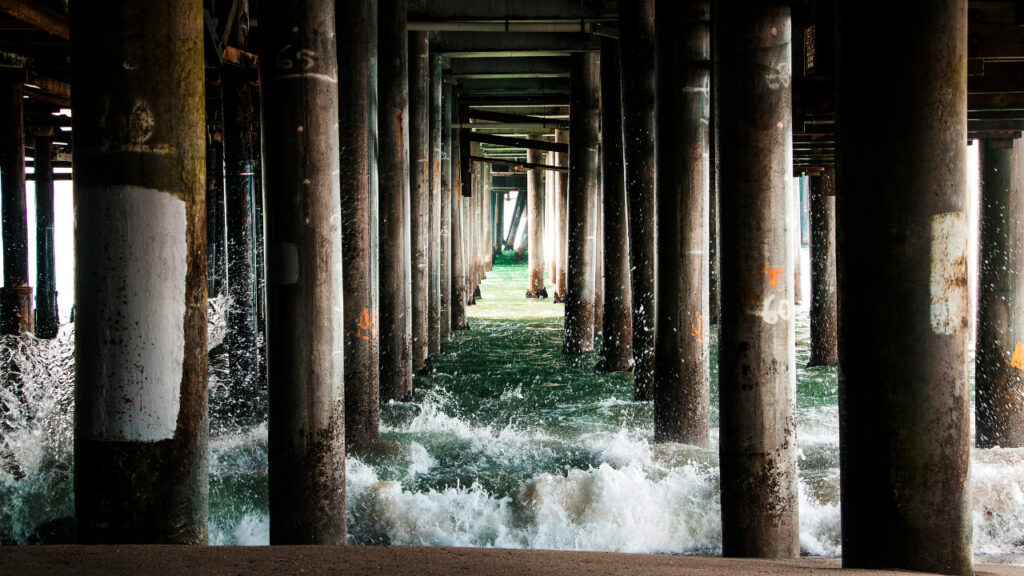
This kind of pier is appropriate for a bridge that is quite tall. It is made up of supporting columns that form a frame and a cap beam.
Column bent piers can be integral to a cast-in-place construction project, or they can be used as a structural element supporting a steel girder superstructure. The cross-section of the columns may be either round or rectangular. These are the most widely used types of piers in the current highway network.
Concrete-filled cylinders made of mild steel or cast iron are used to build cylindrical piers. Bridges with a moderate height are appropriate for this kind of pier. Steel bracing, both horizontal and diagonal, may be utilized in some circumstances to increase stability.
Multicolumn or Pile Bent
Piers that are multicolumn, pile-bent, or frame-bent is made up of two or more columns supporting a cap. For this kind of pier, the isolated footing is utilized if there is a lot of space between the columns; otherwise, combined footing would be a better option. When water is permitted to circulate between the columns, debris accumulation becomes an issue.
Pile Pier or Pile Bents
The multicolumn bent is modified into a pile pier, which is utilized for low-height and short-span structures. Therefore, when the ground is unstable and low piers are needed, pile piers, also known as pile bents, are specified.
Trestle Pier or Trestle Bent
Trestle piers are made up of columns with curved top caps. Bridges in areas with a firm river bed and slow water current are a good fit for it. Elevated roadways and flyovers also use it.
3 Types of Bridge Piers Based on Construction Materials
The type of bridge, the surrounding environment, and engineering considerations are some of the variables that can affect the construction materials used for bridge piers.
Based on the building materials used, there are three different kinds of bridge piers:
Masonry Piers
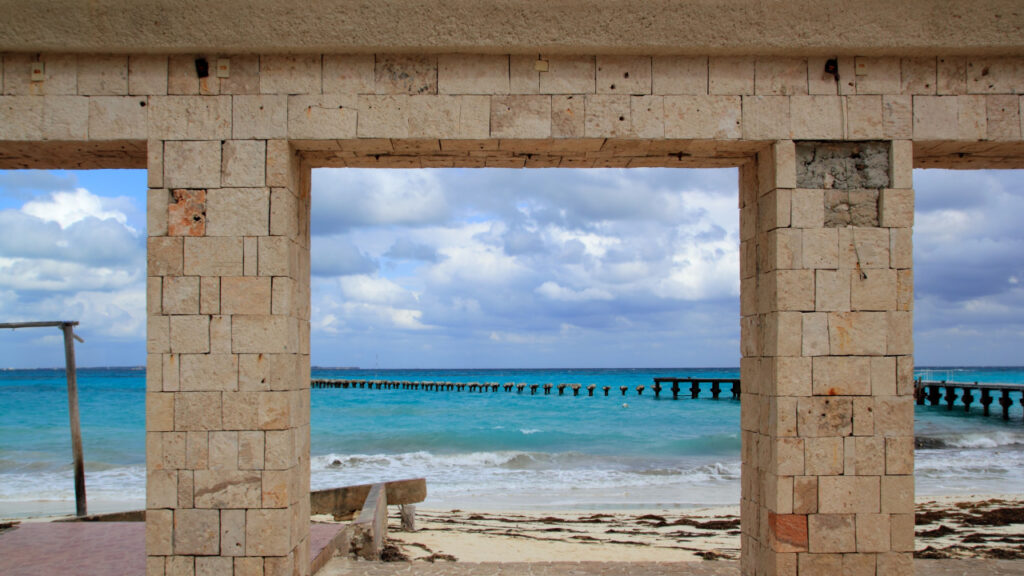
Both brick and stone masonry may fall under this category. Because masonry piers are typically large, they may obstruct a linear waterway and put more weight on foundations.
Masonry solid shaft piers are constructed on open raft foundations, which have no chance of scouring. These kinds of piers can also have pile foundations.
Mass Concrete Piers
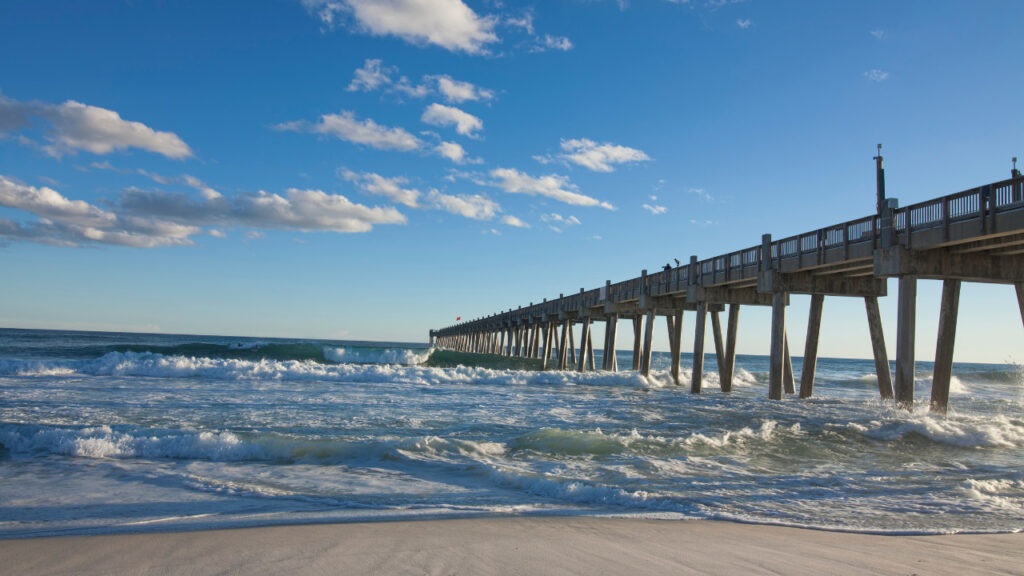
Like masonry piers, mass concrete piers are massive, obstructing linear waterways and increasing foundation loads.
For large concrete piers, pile foundations can be employed. Furthermore, mass concrete solid shaft piers with an open raft foundation are utilized if scouring is not expected.
Nominal reinforcement is provided for temperature and shrinkage effects in mass concrete piers, but no structural reinforcement is needed.
Reinforced and Prestressed Concrete Piers
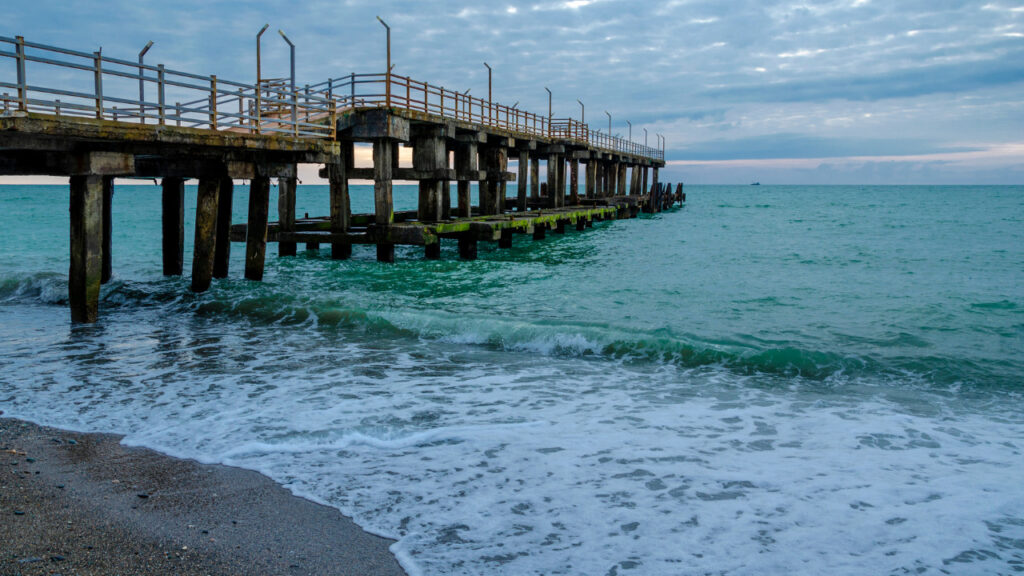
Comparing prestressed or reinforced concrete piers to mass concrete piers, the cross-sectional area of the former is smaller. Because of this, not only does such a pier provide less obstruction to the waterway, but it also requires a lot less foundation area.
Cellular piers made of reinforced concrete or prestressed concrete are appropriate for large bridges with significant spans and depths. The piers’ self-weight should be kept to a minimum and their section modulus should be as high as feasible.
The proportion of longitudinal reinforcement in reinforced concrete piers must not fall between 0.8 and 8% of the gross cross-sectional area.
In cases where brick and stone materials are expensive, using reinforced concrete or prestressed concrete piers is typically more cost-effective.
3 Types of Bridge Piers Based on the Load Transfer Mechanism
To move loads from the superstructure to the substructure, bridge piers are essential. The superstructure is the portion of the bridge that supports traffic, whereas the substructure is the underlying foundation and supporting elements.
According to the load transfer mechanism, bridge pier types can be divided into the following categories:
Fixed Piers
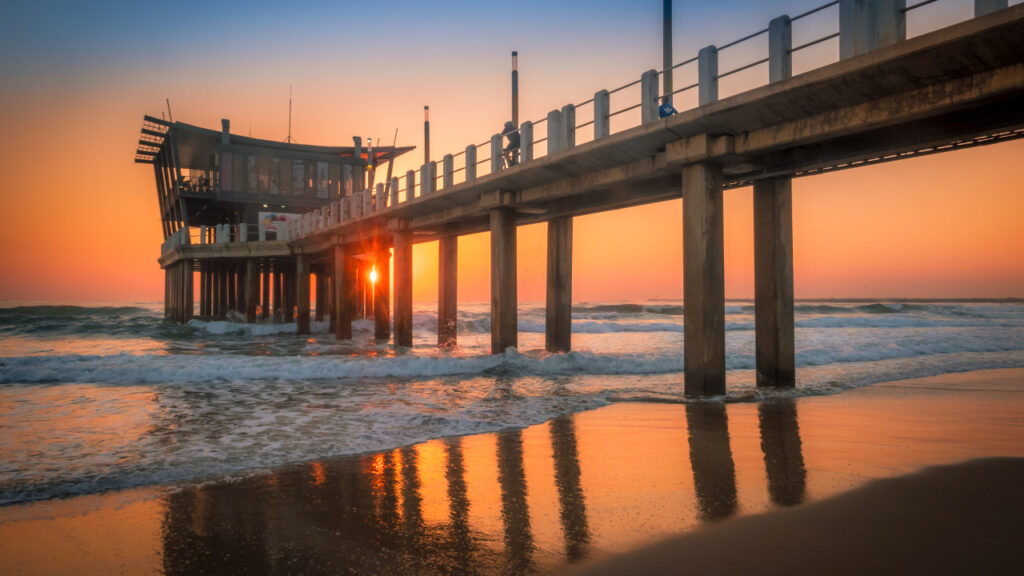
Fixed piers are made to withstand loads that are applied vertically and horizontally without allowing for much movement. They give the superstructure of the bridge solid support and stability.
Fixed piers are frequently utilized in places where little to no movement is permitted, like in regions with stable soil conditions.
Free Piers
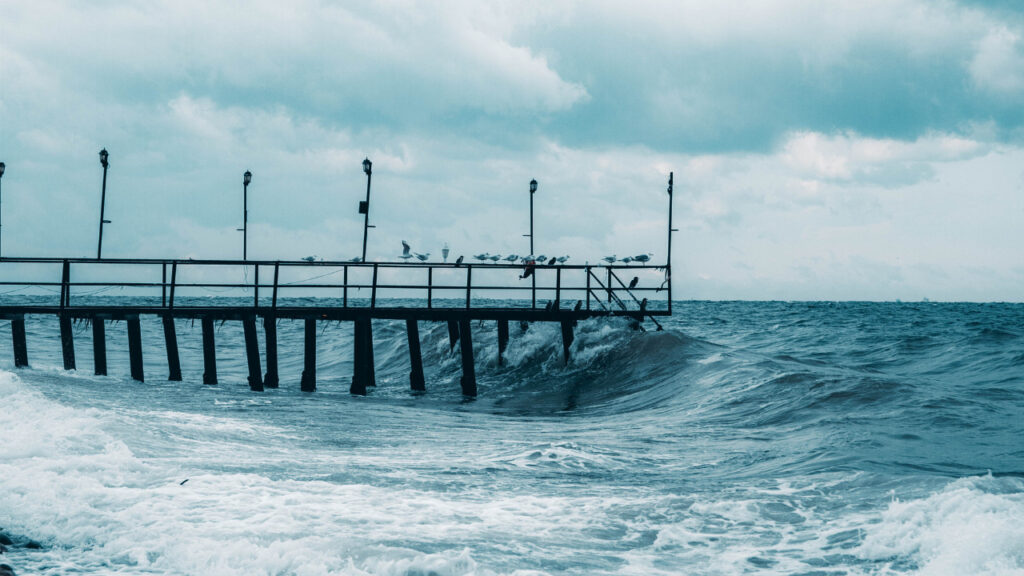
Only axial forces are transferred from the bearing to the foundations by free piers, which support free bearings.
Hammerhead or Cantilevered Piers
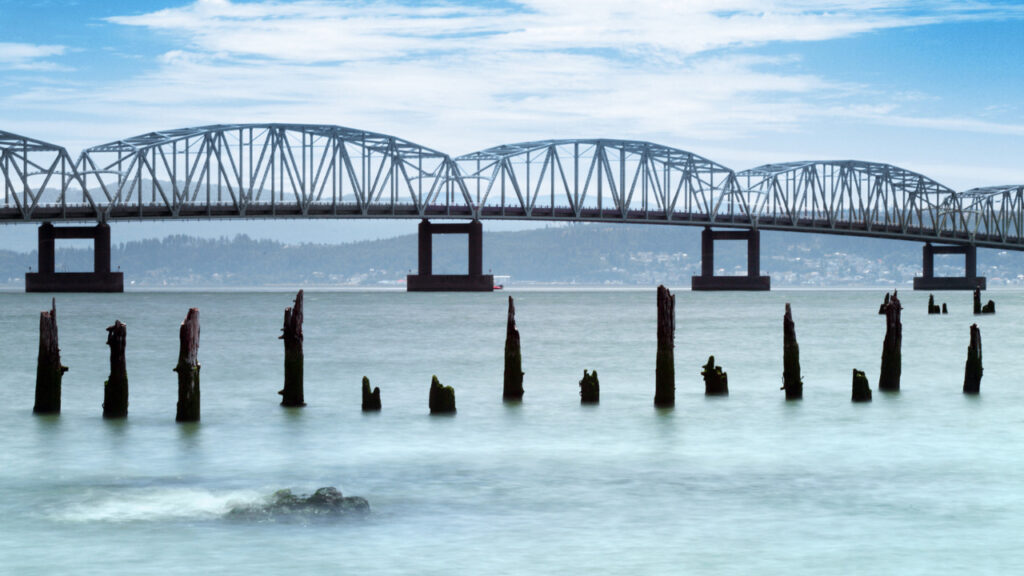
A cap is placed on the single solid concrete cross-section of a hammerhead pier, also known as a solid shaft pier. Precast prestressed concrete superstructures or steel girder superstructures are supported by this kind of pier. The majority of the time, it is built in cities where there are space constraints. It is not only visually beautiful, but it also takes up little area, giving the traffic below more room.
For hammerhead piers, spread footing is typically advised as the foundation. The main axis of a solid shaft pier must face the direction of the stream; if not, a small rectangular or circular cross-section must be chosen. Transportation departments often maintain rules governing the use of hammerhead piers.
Bridge Strength Starts with a Strong Foundation!
When constructing bridges, consider the piers as the sturdy legs that support the entire structure. Piers come in many forms, each with a unique function; some are sturdy during earthquakes, while others are immobile.
Selecting the appropriate piers can help ensure that bridges are robust and long-lasting, like choosing the right shoes for different activities.
Building bridges is like providing them with the best shoes to stand on, ensuring that they remain strong and safe for everyone who uses them!

